News
1-9 elements, in total: 97
No results

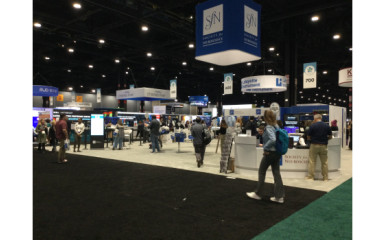
The internet has finally taken over the SfN conferences, and there is hardly anyone who doesn't have a smartphone/iPad in their hand at all times. Excellent apps help you to find your way quickly and easily, which is a must at a conference with more than 22,000 participants. But the technical innovation only shows that the conference is moving with the times. The essence today is still what its creators envisioned in 1971: neuroscience from A to Z.
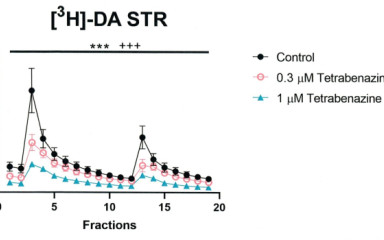
Tetrabenazine, a VMAT-2 enzyme inhibitor, is used to treat sudden movements caused by neurodegenerative diseases called Huntington's disease and tardive dyskinesia, which are uncontrollable by the individual. The extent to which this drug inhibits the release of the monoamines noradrenaline, dopamine, and serotonin in different brain areas is not yet known. This is what a collaboration between the Sperlágh group and researchers at Richter Gedeon Nyrt led by Szilveszter E. Vizi investigated. The significance of the result is underlined by the fact that the work, first submitted by Pál Tod and with corresponding authorship by Professor Vizi, was published in the leading international journal of pharmacology.

We are pleased to invite you to the upcoming IEM-Weizmann Brain Sciences Workshop, taking place on October 28-29, at the Lecture hall of the IEM.
Please find the program attached.
Everyone is welcome at the event, no prior registration is required - on a first come first served basis up to the capacity of the lecture room. At the same time, we would like to ask you to please only leave/arrive in the breaks between the sessions.
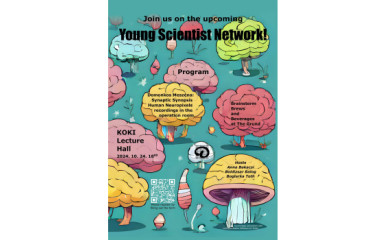
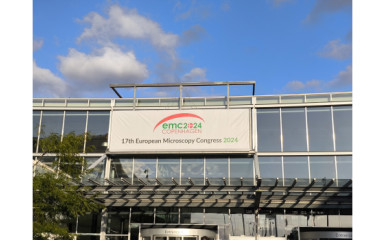
Copenhagen not only provided an excellent venue, but also a wonderful summer weather during the last week of August for the 2500 participants of EMC204, the largest meeting of microscopists in Europe. The Hungarian Microscopy Society was represented by Techoorg Linda and eight microscopists, including four colleagues from KOKI.

Our institute is known as a brain research institute, one of the excellence in basic neuroscience research at home and abroad, so it is legitimate to ask where this special title comes from. Hair grows outside the skull, our brains nest inside the skull. Or can the cat in János Arany's ballad catch mice inside and out?

KOKI is special in many ways, and another fact confirms this. Our Institute now has HUN-REN ARP Ambassadors.
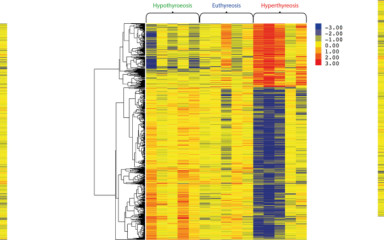
The Molecular Cell Metabolism Research Group led by Dr. Balázs Gereben and the Integrative Neuroendocrinology Research Group led by Dr. Csaba Fekete developed a new approach that may contribute to better healthcare for many patients with thyroid hormone (TH) related disorders. The preliminary results of the paper were presented by the first author, Richárd Sinkó, at the Annual Meeting of the European Thyroid Association (ETA) 2023, where the work was awarded the Society's Berlin-Chemie Menarini Young Investigators' Award.
The results, obtained in collaboration with the research group of Dr. Endre Nagy from the University of Debrecen and several Hungarian clinical endocrine centers have been published in the Journal of Clinical Endocrinology and Metabolism.

Even a true understanding of nerve cells is impossible without exploring their connections. Besides each other, they connect with different cells that make up the nervous system. And we haven't even mentioned the effect of hormones in the blood serum! The latest work by Balázs Gereben's group, published in the Journal of Biological Chemistry, investigates the role of thyroid hormones in regulating brain function.


